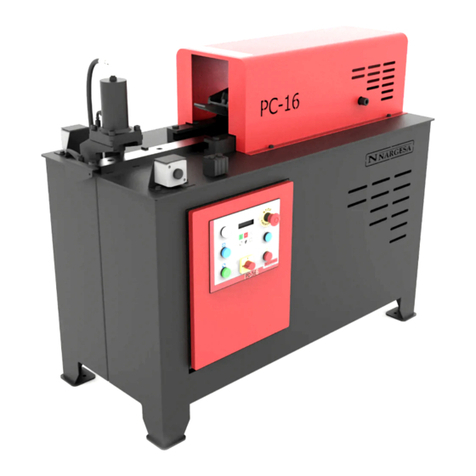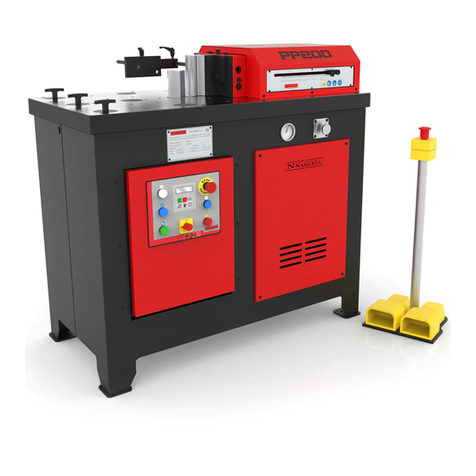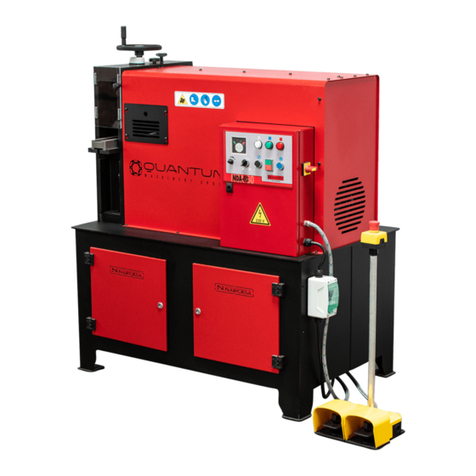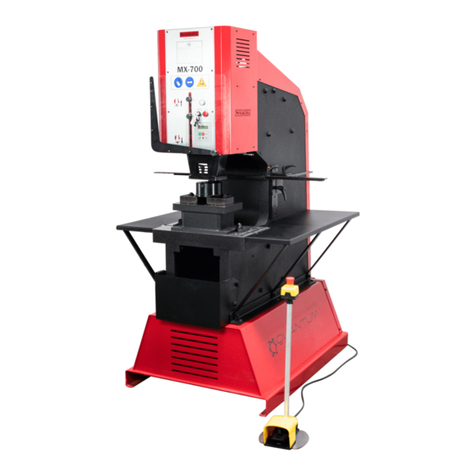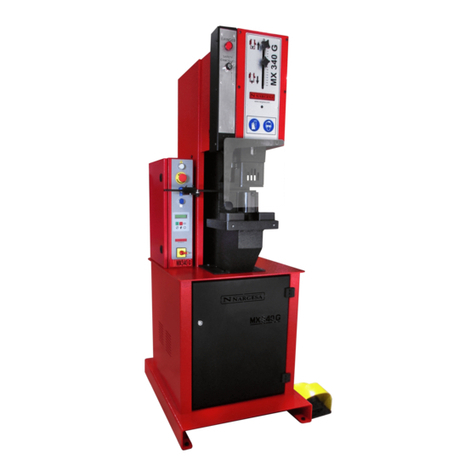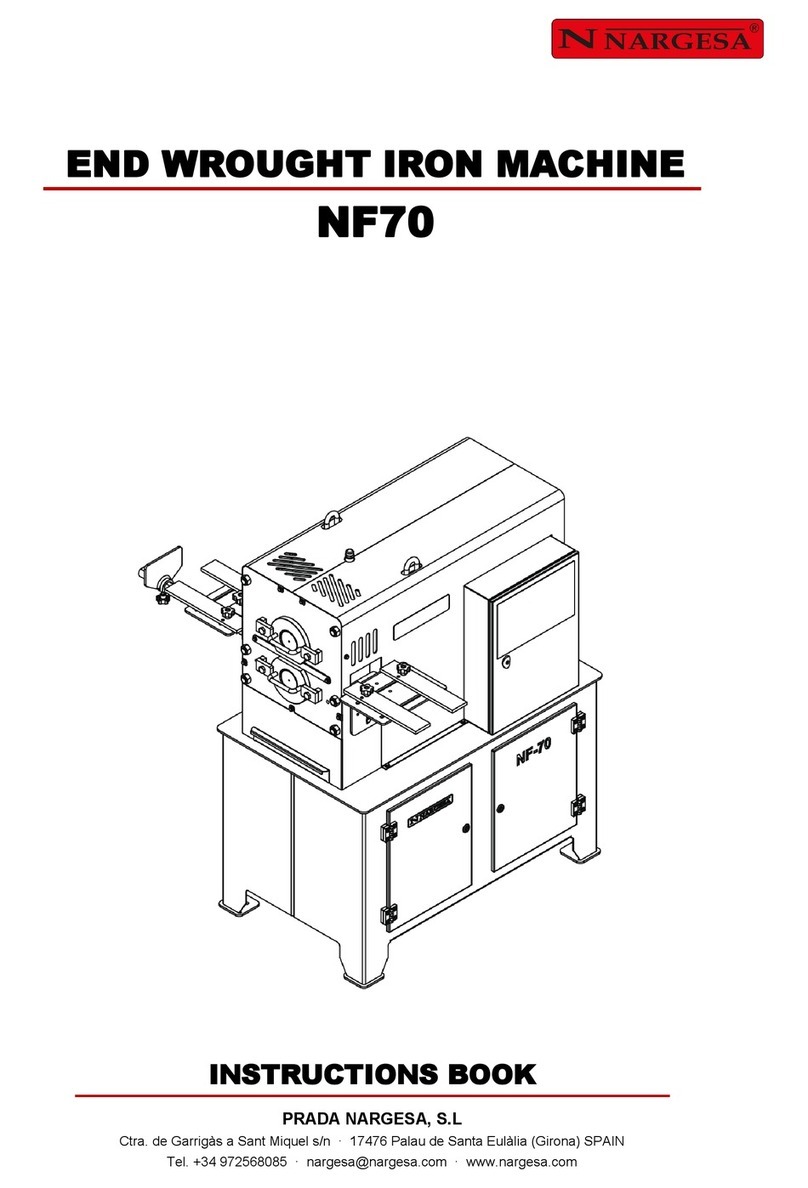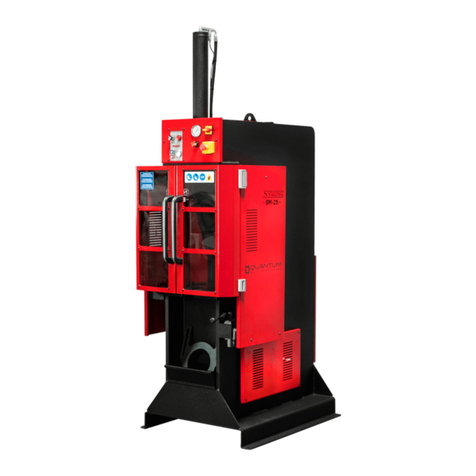
INDEX
1. MACHINE INFORMATION ....................................................................................................... 3
1.1. Identification of the machine …................................................................................ 3
1.2. Dimensions ............................................................................................................... 3
1.3. Description of the machine …......................................................................................... 3
1.4. Fuel for the furnace ................................................................................................ 4
1.5. Identification of elements ....................................................................................... 5
1.6. Description of elements ……......................................................................................... 6
1.6.1. Openings …………………………………………………………………………… 6
1.6.2. Burners ……..……………………………………………………………………… 6
1.6.3. Thermocouple ……………………………………………………………………..… 7
1.7. General Features ……..…………………………….……………………………………… 8
2. TRANSPORT AND STORAGE ......................................................................................... 9
2.1. Transport ...................................................................................................................... 9
2.2. Storage conditions ....................................................................................................... 9
3. MAINTENANCE ....................................................................................................................... 10
3.1. General maintenance ................................................................................................ 10
3.2. Change of the insulating material of the furnace .......................................................... 11
4. HANDLING BOOK .............................................................................................................. 16
4.1. Gas valve ……………............................................................................................... 16
4.2. Pushbuttons ................................................................................................................ 16
4.3. Pressure controller and manometer ........................................................................... 16
5. INSTALLATION AND SET UP .......................................................................................... 17
5.1. Location of th machine .............................................................................................. 17
5.2. Dimensions and work área .......................................................................................... 17
5.3. Admissible external conditions ................................................................................ 17
5.4. Set up ……………………………...……….................................................................... 18
5.5. Openings ………………………..………….................................................................... 18
5.6. Adjustment of the material support position ………………................................... 19
5.7. First set up of furnace ……………………………………………………………………. 20
5.8. Ignition of the furnace ……....................................................................................... 22
5.9. Shutdown of the furnace …..……................................................................................ 22
6. POSSIBLE BREAKDOWNS .................................................................................................... 23
7. WARNINGS ............................................................................................................................ 24
7.1. Hazard wastes ........................................................................................................... 24
7.2. Protection elements for the operator ……................................................................... 24
TECHNICAL ANNEX
